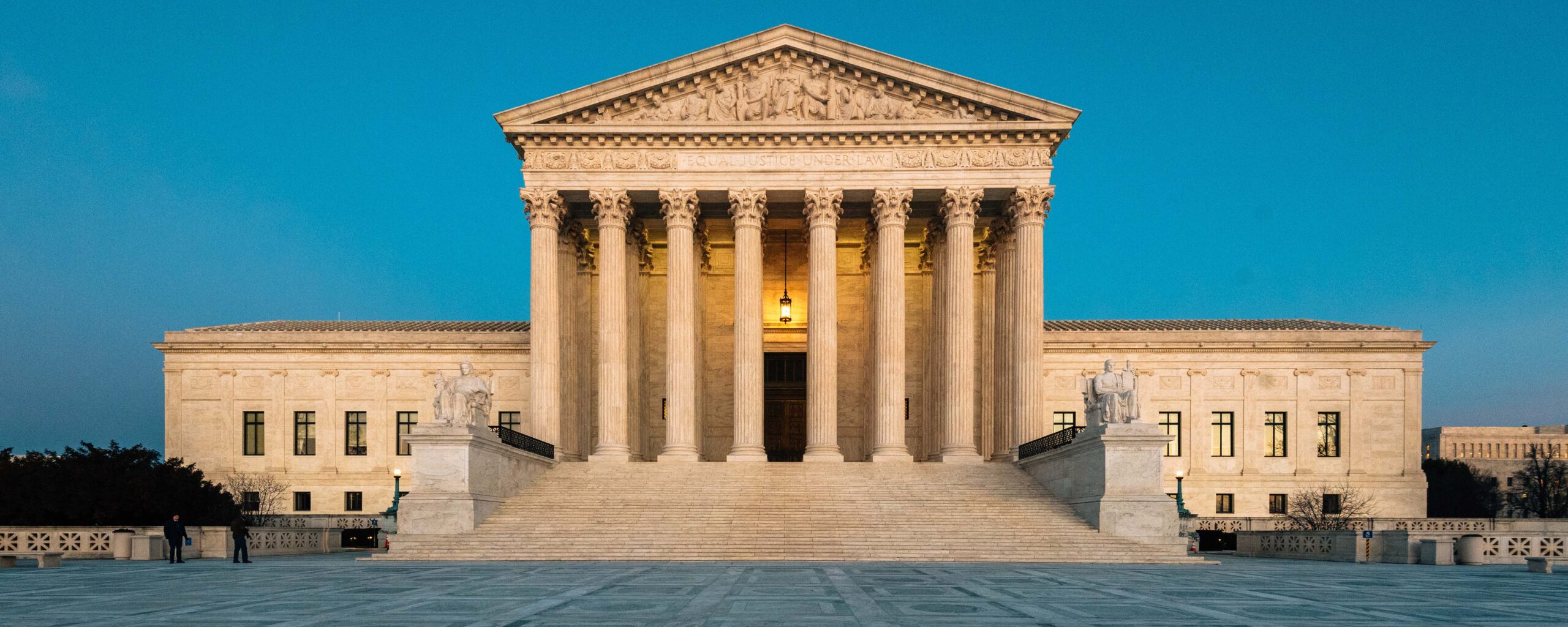The Annenberg Public Policy Center has updated the work that it produced for the 1997, 1999, and 2001 House Bipartisan Retreats. The new report’s analysis of the taking down processes from 1935-2011 identifies five parallels between the 112th and earlier “combustible” Congresses:
- The 112th is a turnover Congress. Incivility increased in the first sessions of the last two turnover Congresses.
- The 112th’s Republican majority was elected in a campaign attacking legislation (The Patient Protection and Affordable Care Act; The American Recovery and Reinvestment Act of 2009) passed by a Democratic House without Republican votes. (The Republican majority was elected in 1994 in a campaign attacking provisions of the Omnibus Budget Reconciliation Act of 1993, enacted without Republican House support.)
- The issues before the 112th are likely to play a central role in the 2012 campaign. As a result, the spill-over of campaign rhetoric onto the House floor is [as 1945, 1992, and 1995 predict] more likely.
- The issues before Congress and the President in 2011 are similar to those at play in 1995-6.
- Although they rebounded into a comfortable range in 1996, President Clinton’s 1995 poll standings raised doubts about re-election. President Obama’s ratings are now lower than President Clinton’s were at this point in 1995. A president’s perceived vulnerability decreases the cost of unparliamentary attacks.
“So far the 112th Congress has not produced the sorts of incivility that disrupted the first session of the 104th," noted Kathleen Hall Jamieson, author of the APPC report. "The historical indicators predict a higher number of incidents in which a Member impugns the integrity, ideology, or patriotism of those of opposed views than we’ve seen so far. As pundits increasingly cast the legislative and executive branches as ‘dysfunctional,’ this piece of positive news is worth noting. But the warning signs continue to blink.”

